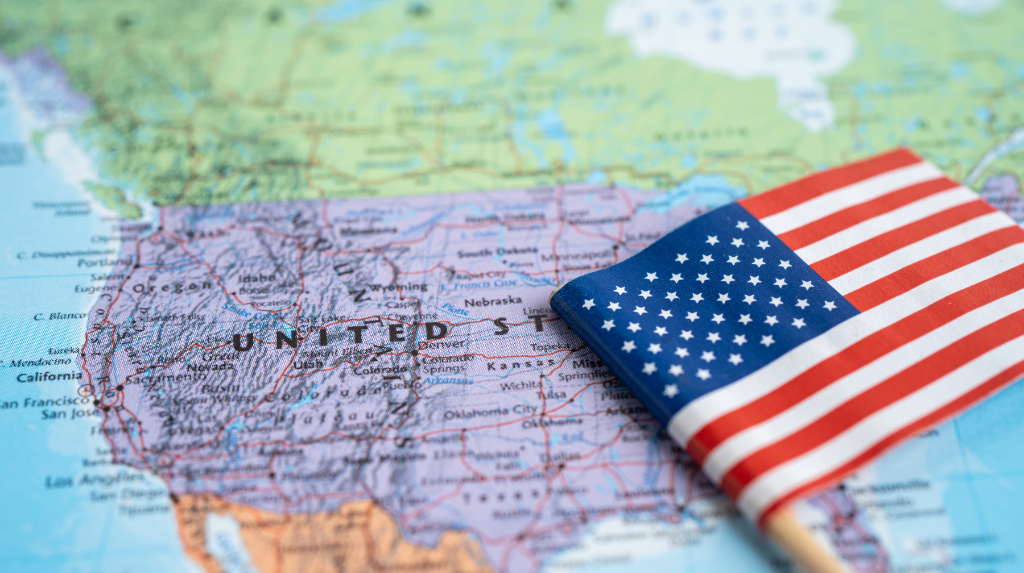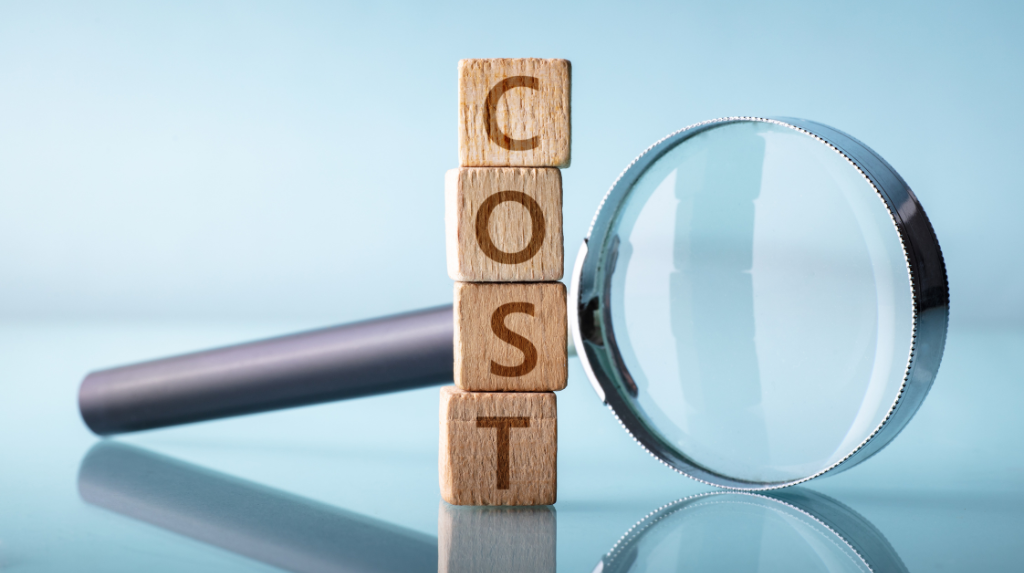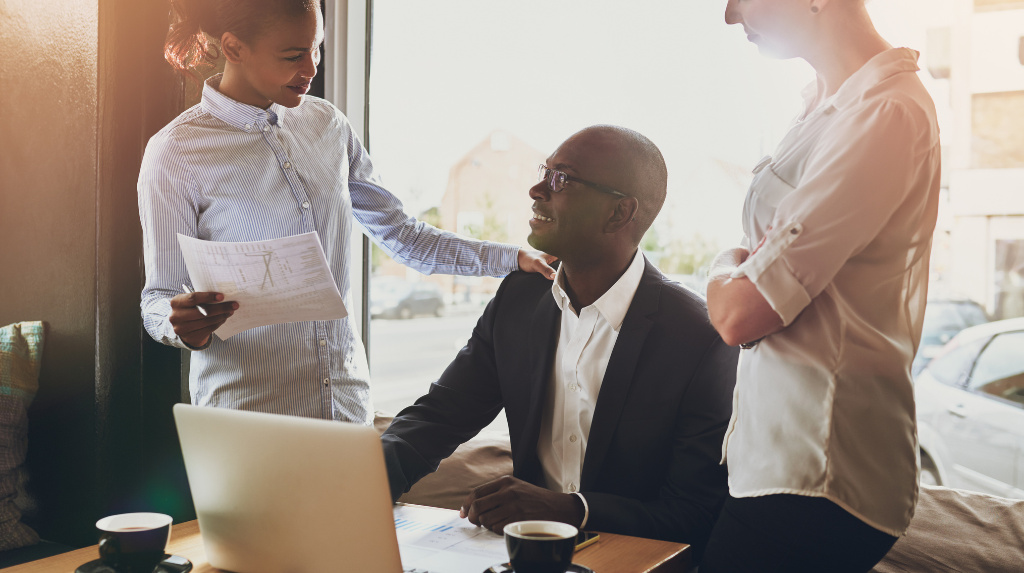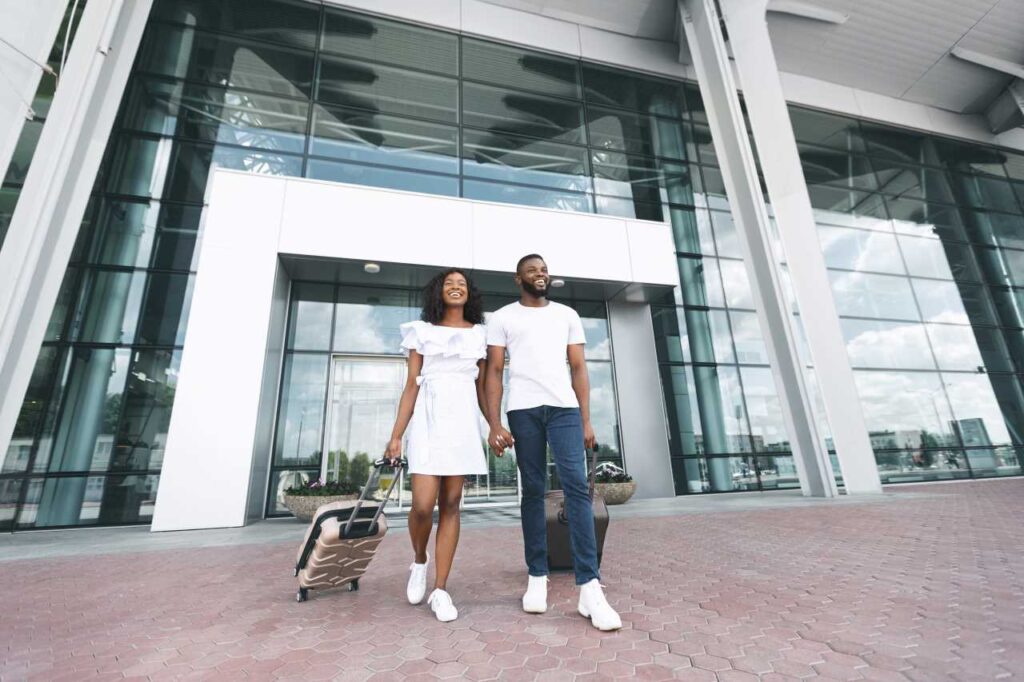Immigrating or coming to the United States for a short time is a major transition in anybody’s life. As each visitor might have his reasons for visiting the centre it is important to know what to expect upon arrival. This will highlight how to enter the United States of America and what to expect when in contact with the Customs and Border Protection officers.
Meeting U.S. Customs and Border Protection
When you arrive in the U.S., whether by plane, ship, or car, your first encounter will be with an officer. They are responsible for protecting U.S. borders.
Document Check
The CBP officer will first check your passport and travel documents to ensure you have permission to enter the U.S. If you’re an immigrant, you’ll have an immigrant visa and possibly a sealed envelope with your immigration file.
Tip: Have all your documents ready and organized. This will help speed up the process.
Prepare for Lines and Delays
Expect lines and potential delays, especially during busy travel times. At the primary inspection area, all passengers are screened, and CBP officers will take your fingerprints (unless you’re exempt).
Primary Inspection
During the primary inspection, the CBP officer will:
- Verify your identity.
- Check your name against various databases.
- Ensure you don’t pose a security or health risk.
- They are also checking to make sure people aren’t using tourist visas for illegal purposes.
Secondary Inspection
If there is an issue that can’t be quickly resolved, you might be sent to a secondary inspection area for a longer interview. Stay calm and cooperative; this is a normal part of the process.
Trusted Traveler Programs
To make entry faster, consider applying for a Trusted Traveler program if you’re from a low-risk country. These programs let you use special kiosks at some U.S. airports. However, you might still need to go through the main inspection line if you have certain goods or large amounts of money.
Common CBP Questions
CBP officers will ask questions to determine your eligibility and intentions. Some common questions include:
- Make sure your answer matches your visa type. For example, if you have a B-2 visitor visa, don’t say you’re coming to find a job.
- Be ready to explain where you’ll be staying.
- If you’re visiting someone, be prepared to provide their details.
- Temporary visitors need to specify how long they plan to stay.
- You might be asked about your funds to ensure you can cover your expenses.
- If you’ve been to the U.S. before, you might be asked about those visits.
Your Rights and Limitations
- You don’t have the right to an attorney during a primary or secondary inspection.
- Your luggage and electronic devices can be searched without your consent.
- Exceptions exist, such as when seeking asylum due to fear of persecution.
Luggage Inspection
CBP officers can inspect your luggage. To avoid issues:
- Make sure your items match your visa status.
- Don’t carry prohibited items like firearms, drugs, or certain plants and animals.
Health Screening
Travelers from countries with high rates of communicable diseases might need to complete a health form and undergo screening, especially during times like the COVID-19 pandemic. Stay updated on current requirements through sources like the CDC.
1. Determine the Visa Type
- Identify the appropriate visa category based on your purpose of travel (e.g., B1/B2 for business/tourism, F1 for students). Understanding the requirements for each visa type is crucial for a successful application.
2. Complete the DS-160 Form
- Fill out the Nonimmigrant Visa Electronic Application (DS-160) form online. Ensure all information is accurate and complete, as errors can lead to delays or denials. After submission, print the confirmation page with the barcode, which is needed for your interview.
3. Pay the Visa Application Fee
- Pay the non-refundable visa application fee, which is approximately $185 (around ₦57,680). Payment can be made online or at designated banks like GTBank in Nigeria. Retain the receipt as it will be required for your interview.
4. Schedule Your Visa Interview
- Create a profile on the U.S. Visa Information and Appointment Services website and schedule your appointment at either the U.S. Embassy in Abuja or the Consulate General in Lagos. It’s advisable to book your appointment as early as possible since wait times can be lengthy.
5. Prepare Required Documents
Gather all necessary documents to bring to your interview:
- Valid Nigerian passport (with at least six months validity beyond your planned stay).
- DS-160 confirmation page.
- Visa application fee receipt.
- A recent passport-sized photo that meets U.S. requirements.
- Additional documents relevant to your visa category (e.g., proof of ties to Nigeria, financial statements, invitation letters).
6. Attend the Visa Interview
- Arrive early for your scheduled interview at the embassy or consulate. Bring all required documents and be prepared to answer questions about your travel plans and ties to Nigeria. Be honest and clear in your responses.
7. Follow Up on Your Application
- After the interview, if approved, you will be informed about how and when to collect your passport with the visa. Processing times can vary but typically range from five to fifteen days post-interview.
By meticulously following these steps and ensuring all documentation is complete and accurate, Nigerians can significantly improve their chances of obtaining a U.S. visa quickly.
Entering the U.S. involves several steps and interactions with CBP officers. Being prepared with the right documents, understanding the possible questions, and following U.S. laws will make the process smoother. Stay informed about any changes in entry requirements to ensure a hassle-free experience when you arrive in the U.S.
How Law and Visas Can Help?
At Law and Visas, our team of expert immigration consultants is here to make your travel to the United States straightforward and successful. Whether you’re applying for a P-1 Visa or an E-2 Visa, we handle every step—from preparing your application to gathering the required documents.
Our Immigration Consultants and Lawyers ensure that your application meets the highest standards, with no details missed. We’ll also keep you informed throughout the process and coordinate with the immigration office or embassy on your behalf.
Law and Visas has a strong record of helping clients secure the visas/permits they need to visit the United States. Call us today at +234 812 5505 986 to learn how we can assist you.





